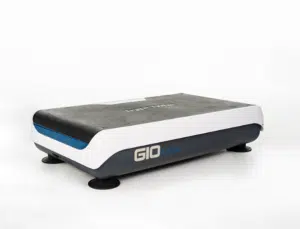By Christina Martinez, OTR/L
As exciting as it may be for children to begin transitioning to solid foods, it can get messy! Little ones learning how to feed themselves is an important part of development, but it can also end up with food all over their chair, on the floor, and on themselves. No need to worry if they are not experts at first as practice makes perfect. This can be an exciting time, however, there can be so many questions regarding introducing utensils, such as when to start, what kind of utensils to provide, and how to help encourage the transition from hands to utensils.
When is the best time to introduce utensils?
It is said that children can begin feeding themselves using a spoon around 10-12 months of age. However, it is never too early to start practicing! As soon as your child begins feeding themselves, you can always provide a spoon during their meals so they can get used to having it as part of their meal and explore it on their own. They may play with it more than they’ll use it to eat with but that is okay! Children need time to learn how to grasp a spoon, dip it or scoop the food, and bring it to their mouth so early exposure never hurts. Typically, children will begin using a spoon before they use forks as forks require a little more advanced fine motor and visual motor skills, but every child has different preferences.
Ways to encourage utensil use
As with many things in life, practice makes perfect! When a child is first introduced to a spoon or fork, they need time to learn how to use it. This process can involve a lot of spilled food and utensils on the floor-and it is okay! Patience is key and every child is different when it comes to utensil use. I always recommend having two or three spoons on hand if possible so that if one falls to the floor, you can quickly replace it. A great way to begin teaching your child how to use a spoon is to serve foods that may be a little easier to stick on the spoon such as yogurt, oatmeal, avocado, mashed potato, etc. This can help encourage greater success for the child to feed themselves. You can begin by preloading the spoon for them and encouraging them to pick up the spoon and bring it to their mouths themselves. If they are still having trouble with bringing the spoon to their mouths, you can try providing some gentle hand over hand assistance to guide the spoon. It is also important to show them how to use a spoon by modeling it on yourself! Many children are visual learners so seeing you feed yourself using a spoon may help them learn what the spoon is for. You can also practice utensil use outside of feeding time by working on those fine motor and visual motor skills that are needed to use a utensil. One way to do that is to incorporate spoon use into sensory bins. You can provide some kind of spoon along with a sensory bin filled with rice, beans, lentils, etc. and have them practice scooping the items inside.
Types of spoons
There are a wide variety of spoons out there so it may be hard to decide which one is best for your child. We recommend first trying out spoons with a short and thick handle and a shallow bowl. Here is a list of some recommended spoons to try out:
- NumNum Pre-Spoon GOOtensil
- Bumkins chewtensils
- EZPZ tiny spoon
- Munchkin infant spoon
Remember: learning how to use a spoon or fork is a big step in a child’s development and it takes time! It is important to not put too much pressure on your little one to use it perfectly all the time. There will be a lot of mess involved but that is how children learn.




